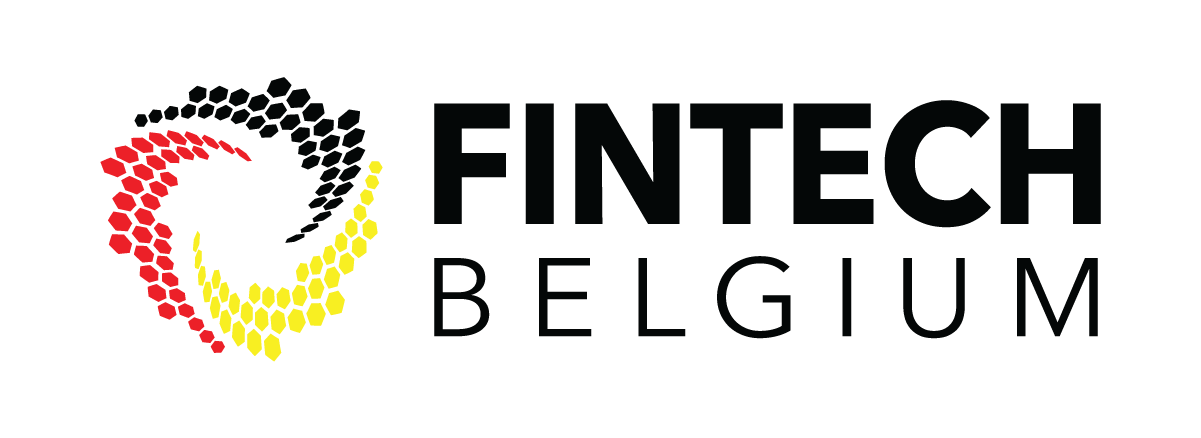New Regulatory Package on Payment Service
Timelex dives into the new regulatory framework on payment services, which comprises three key components: PSD3, PSR, and FIDA.
PSD3 acknowledges the successes of PSD2 while addressing four main issues: consumer fraud risk, Open Banking challenges, inconsistent Member State supervision, and the uneven playing field between banks and non-bank payment providers. It divides the framework into a Directive (PSD3) focusing on licensing and supervision and a Regulation (PSR) containing operational rules for payment institutions. Notably, it merges e-money services with payment services, with PSD3 regulating both payment and e-money institutions. The definitions largely mirror PSD2 but streamline payment services into seven categories. The requirements for licensing, safeguarding customer funds, and using agents remain largely unchanged. Member States must designate competent authorities for supervision. Some entities may be exempt based on transaction value or e-money limits. PSD3 strengthens customer fund protection and maintenance requirements.
The PSR strives to enhance Open Banking, transparency, and customer security. It mandates dedicated interfaces for data exchange and customer data management dashboards, limiting obstacles for AISPs, and enabling non-bank payment providers to access accounts. Transaction authorisation requirements are reinforced to combat fraud, and strong customer authentication is mandated for various actions.
In addition, FIDA extends Open Banking beyond payment accounts to include various financial data types, from investments to pension rights. Data holders and users must join financial data sharing schemes and provide electronic data access to customers and authorized data users. Financial information service providers are subject to authorization requirements and organizational standards similar to payment institutions. Cross-border provisions facilitate the exchange of financial information services across the EU. Ultimately, the FIDA framework aims to transition from Open Banking to "Open Finance," requiring extensive preparation by financial entities and new players entering the market to meet regulatory compliance.
Read the full articles on Timelex’s website:

